BMW's motorcycle history began in 1921 when the company commenced manufacturing engines for other companies. BMW's own motorcycle sold under the BMW Motorrad brand began in 1923 .
At the end of World War I, the Treaty of Versailles demanded that BMW cease production of aircraft engines. To remain in business, the comany began producing small industrial engines.
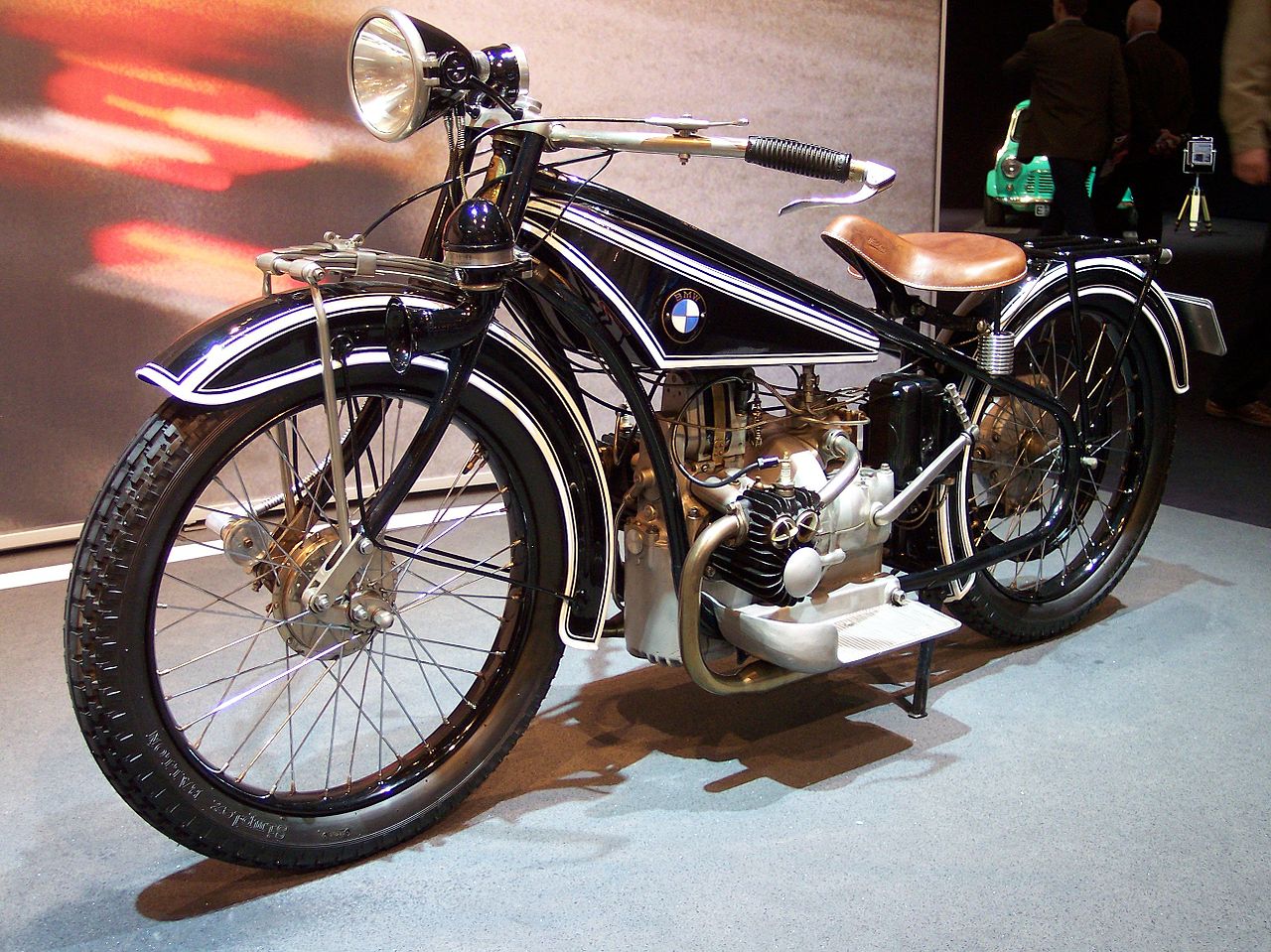

SOURCE:GOOGLE IMAGE
BMW R 32BMW merged with Bayerische Flugzeugwerke in 1922, and the BFw Helios became the starting point for the first BMW motorcycle.Released in 1923, the BMW R 32 used a 486 cc (29.7 cu in) flat-twin petrol engine.This engine with 6.3 kW (8.5 hp), resulting in a top speed of 95 to 100 km/h (59 to 62 mph).
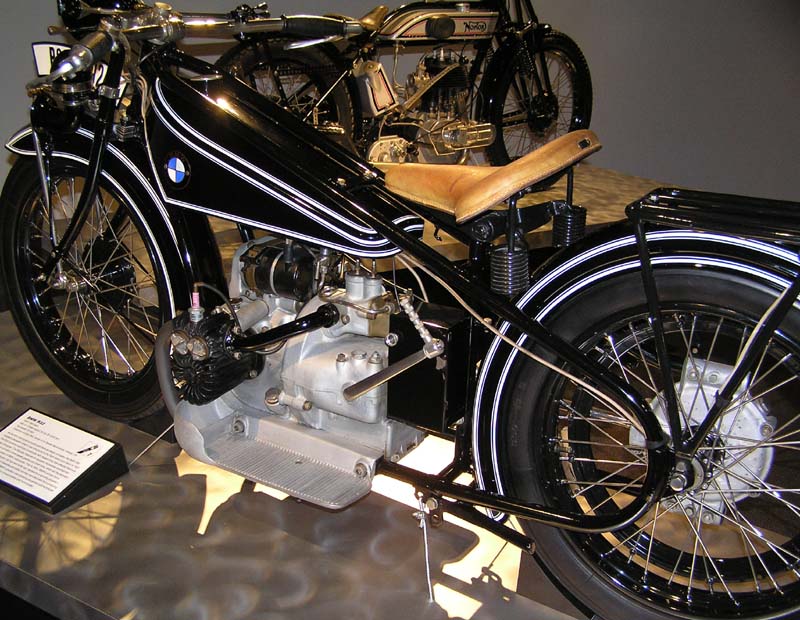
SOURCE:GOOGLE IMAGE
BMW R 35
 SOURCE:GOOGLE IMAGE
SOURCE:GOOGLE IMAGE
BMW R 37
The BMW R 37, produced from 1925-1926, was BMW's first sporting model. It was based on the R 32 and used an overhead valve engine producing 12 kW (16 hp).

SOURCE:GOOGLE IMAGE
BMW R 39
The first single-cylinder BMW motorcycle was the 1925 BMW R 39, which was BMW's smallest model and used a 250 cc (15.3 cu in) engine.It was not successful and was discontinued in 1927.
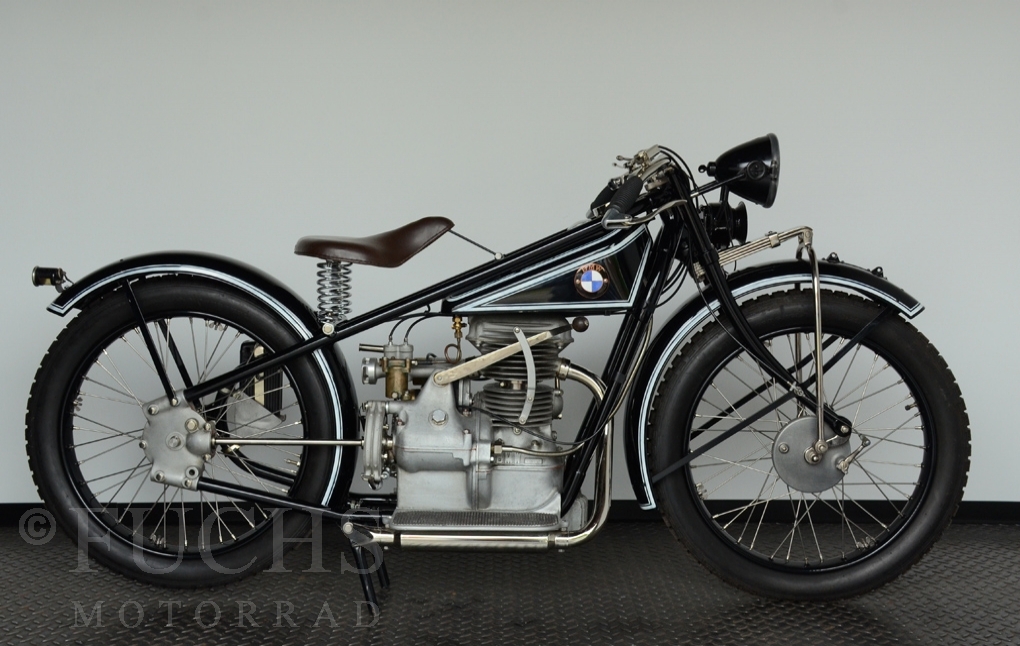
SOURCE:GOOGLE IMAGE
BMW R 2
BMW R 2 was the next single-cylinder motorcycle,which was released in 1931.It used a 200 cc (12.2 cu in) engine and could therefore be ridden in Germany without a motorcycle licence at that time.
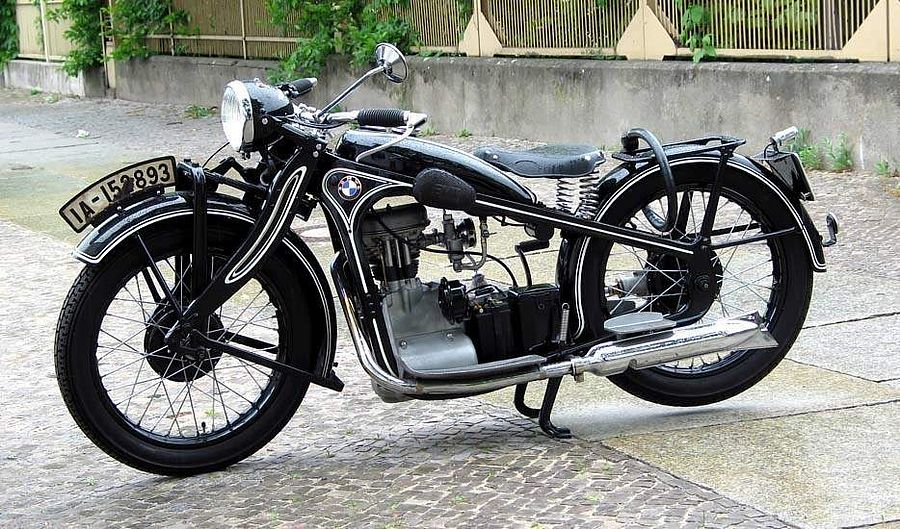
SOURCE:GOOGLE IMAGE
BMW R 4
The lineage of single-cylinder motorcycles continued with the 400 cc (24.4 cu in) BMW R 4 in 1932 and the 300 cc (18.3 cu in) BMW R 3 in 1936.
SOURCE:GOOGLE IMAGE
BMW R 12 & BMW R 17
The BMW R 12 and BMW R 17, both introduced in 1935, were the first production motorcycles with hydraulically damped telescopic forks.
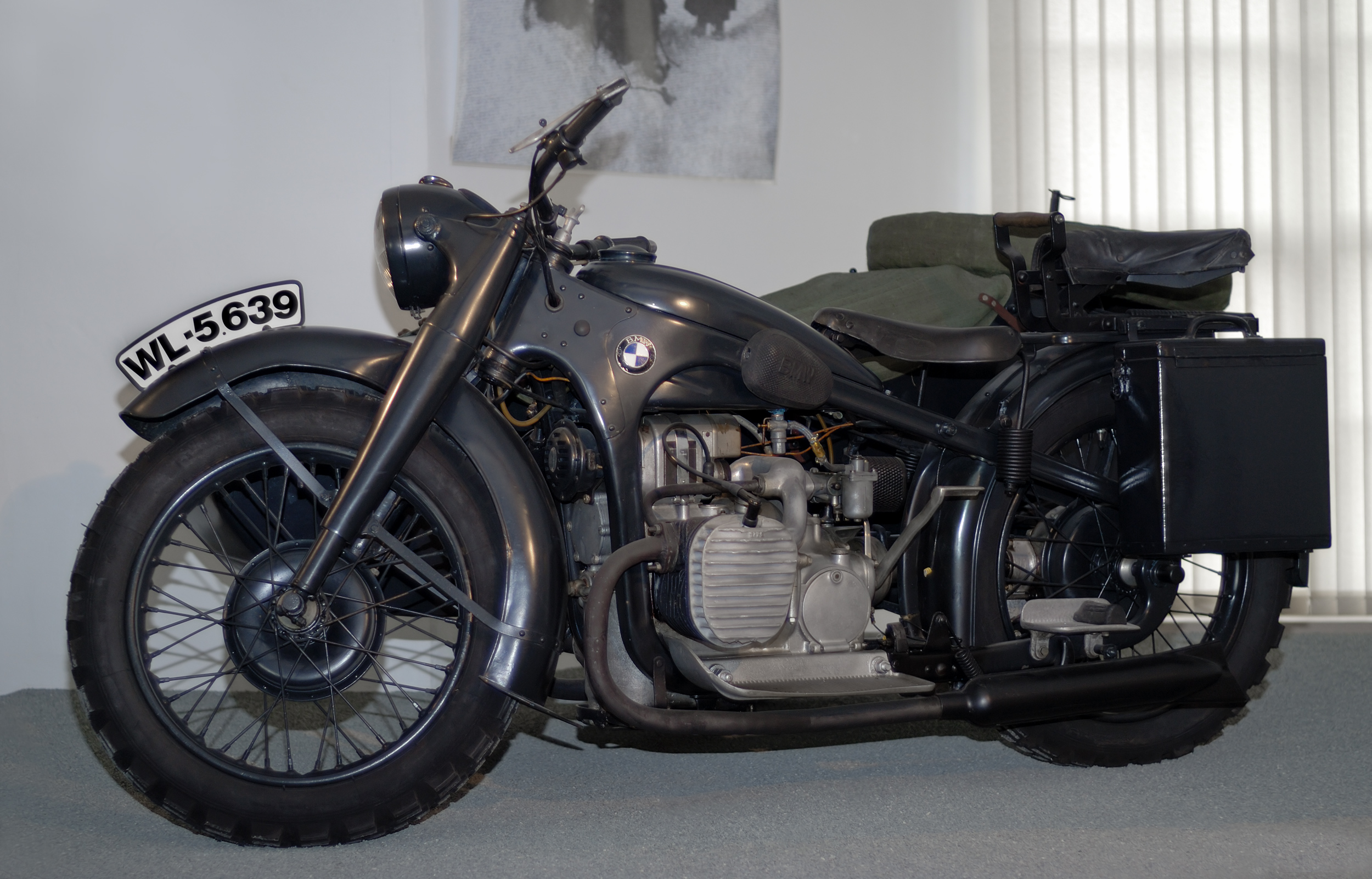
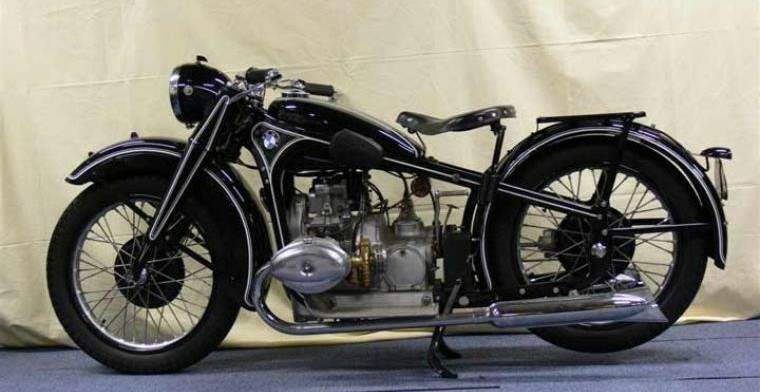
BMW R 12 BMW R 17
SOURCE:GOOGLE IMAGE
BMW R 24
The first post-war BMW motorcycle in Western Germany, was the 1948 BMW R 24. BMW R 24 a 247 cc (15 cu in) single-cylinder engine. It was the only postwar West German model without rear suspension. In 1949, BMW produced 9,200 units and by 1950 production surpassed 17,000 units.
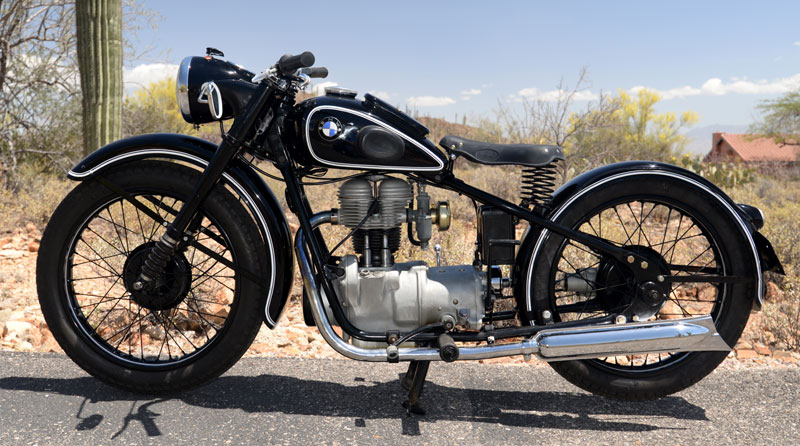
SOURCE:GOOGLE IMAGE
BMW R 51/2
Production of flat-twin models resumed in 1950 with the 500 cc (31 cu in) R 51/2 model, which was followed by the BMW R 51/3 and BMW R 67 twins in 1951, and the sporting 26 kW (35 hp) BMW R 68 in 1952. Except for the R 68, all flat-twin models came with "bell-bottom" front fenders and front stands.



BMW R 51/2 BMW R 51/3 BMW R 67
BMW R 68
SOURCE:GOOGLE IMAGE
BMW R 50 & BMW R 60 & BMW R 69
In 1955, BMW began introducing a new range of motorcycles with Earles forks and enclosed drive shafts. These were the 19 kW (26 hp) BMW R 50, the 22 kW (30 hp) BMW R 60 and the sporting model BMW R 69 with 35 hp (26 kW).



BMW R 50 BMW R 60 BMW R 69
SOURCE:GOOGLE IMAGE
BMW /5
The model range was entirely revamped in 1969 with the introduction of the BMW /5 range, consisting of the 500 cc BMW R 50/5, the 600 cc BMW R 60/5 and the 750 cc BMW R 75/5 models.



BMW R 50/5 BMW R 60/5 BMW R 75/5
SOURCE:GOOGLE IMAGE
BMW /6
The BMW /6 range replaced the "/5" models in 1974, with the 500 cc (31 cu in) engine being discontinued and a 900 cc (55 cu in) engine introduced. The "/6" model range consisted of the 600 cc BMW R 60/6, the 750 cc BMW R 75/6, the 900 cc BMW R 90/6 and the sporting 900 cc BMW R 90 S.
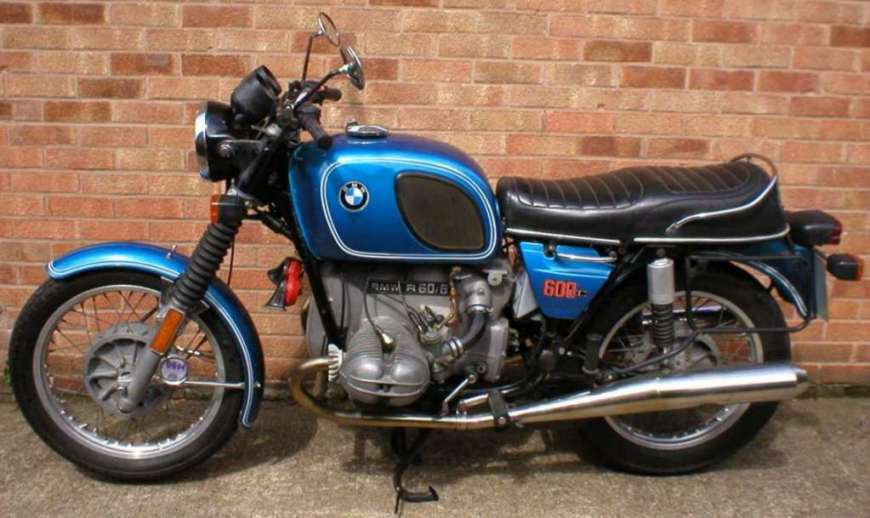
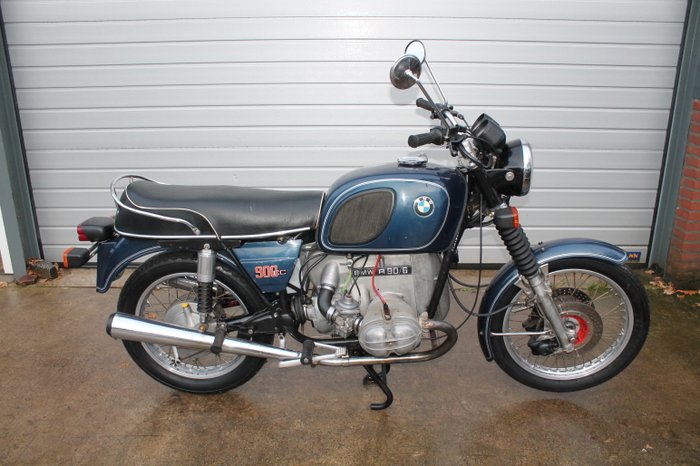
BMW R 60/6 BMW R 75/6 BMW R 90/6

BMW R 90 S SOURCE:GOOGLE IMAGE
BMW /7
In 1976, the BMW /7 range replaced the "/6" models. The 800 cc BMW R 80/7 model was introduced, and the 900 cc BMW R 90/6 and BMW R 90S models were replaced the 1,000 cc BMW R 100/7, BMW R 100S and BMW R 100RS models. The latter was a full-fairing design which produced 51 kW (68 hp) and had a top speed of 200 km/h (124 mph). Later variants of the 1,000 cc models included the BMW R 100T ("Touring"), the BMW R 100 RT and BMW R 100CS ("Classic Sport").
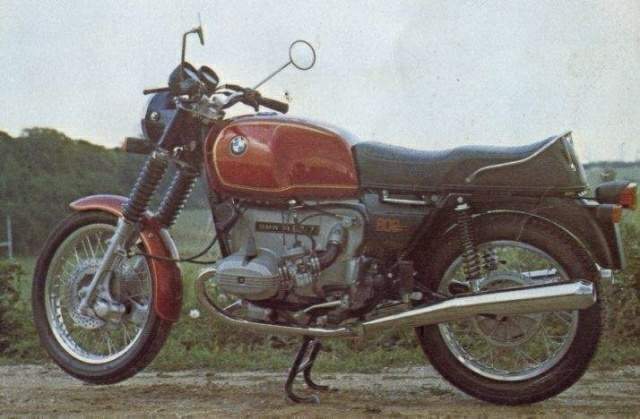

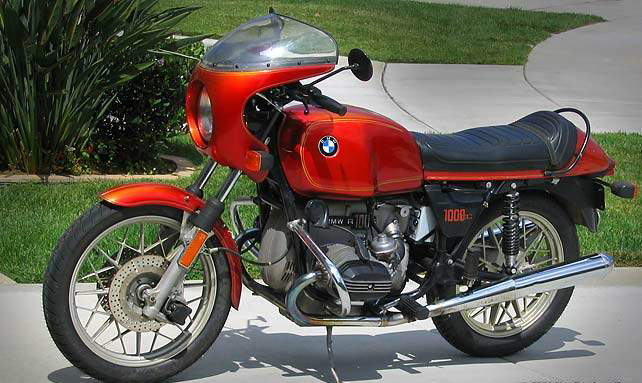
BMW R 80/7 BMW R 100/7 BMW R 100S


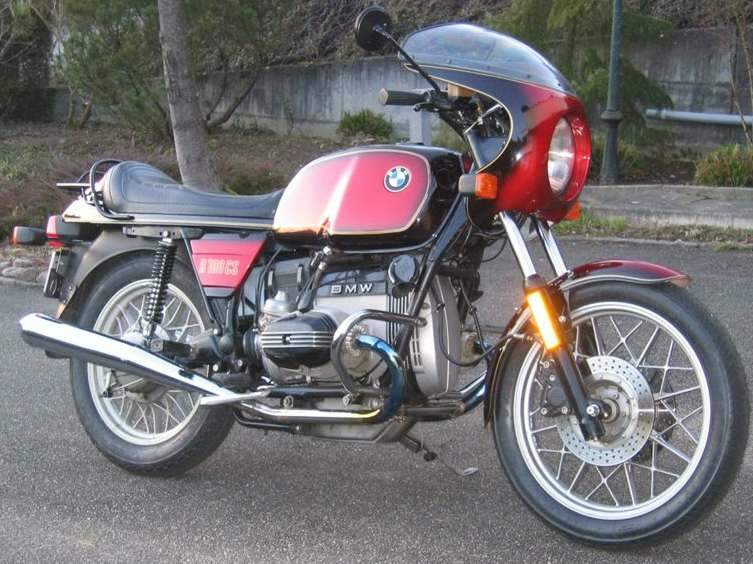
BMW R 100 RS BMW R 100T BMW R 100CS
SOURCE:GOOGLE IMAGE
BMW K 100
The BMW K 100, introduced in 1983, marked a departure from BMW's tradition of air-cooled flat-twin engines. It was powered by a water-cooled inline-four engine with a displacement of 987 cc (60 cu in), which was also BMW's first fuel-injected motorcycle engine. The frame was tubular steel and the rear suspension was a single-sided swingarm.
 .
.
SOURCE:GOOGLE IMAGE
BMW K 75
In 1985, the BMW K 75 was added as the entry-level model. The K 75 was powered by a 750 cc inline-three engine, which was BMW's first engine to use a counterbalance shaft. In 1988, the K 100 became the first motorcycle to have anti-lock brakes (ABS).
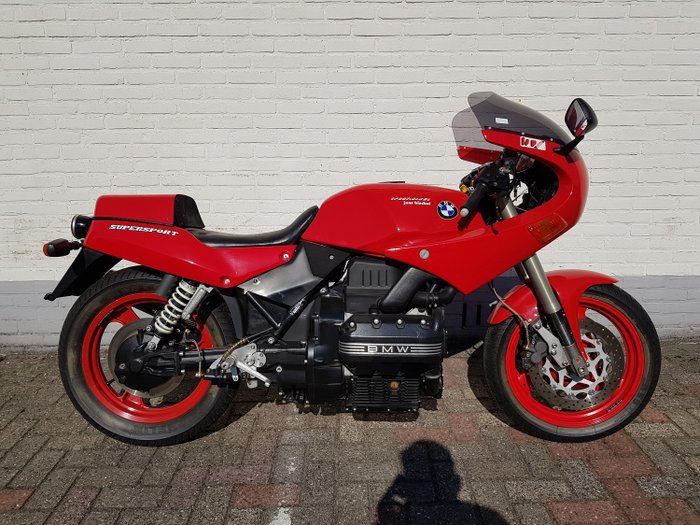
SOURCE:GOOGLE IMAGE
BMW K 1
In 1988 BMW K 1 sports tourer was BMW's first full-fairing sport bike. It had an aerodynamic body which was designed to minimise drag at high speeds.

SOURCE:GOOGLE IMAGE
BMW R 1100 RS
The BMW R 1100 RS sports tourer in 1993, BMW began to transition from engines with air-cooled cylinder heads ("airhead" engines) to oil-cooled cylinder heads ("oilhead" engines). The BMW R 100 RS also used "Telelever" front suspension (where braking forces are transferred horizontally to minimising "fork dive") and a stressed engine.

SOURCE:GOOGLE IMAGE
BMW G650X
The BMW G650X series range was introduced in 2006, co-developed with Aprilia and powered by a Rotax single-cylinder engine. The range consisted of the BMW G650 Xchallenge dual-sport, the BMW G650 Xcountry dual-sport and the G650 Xmoto supermoto models. The BMW G 450 X hard-enduro model was produced from 2008-2010.
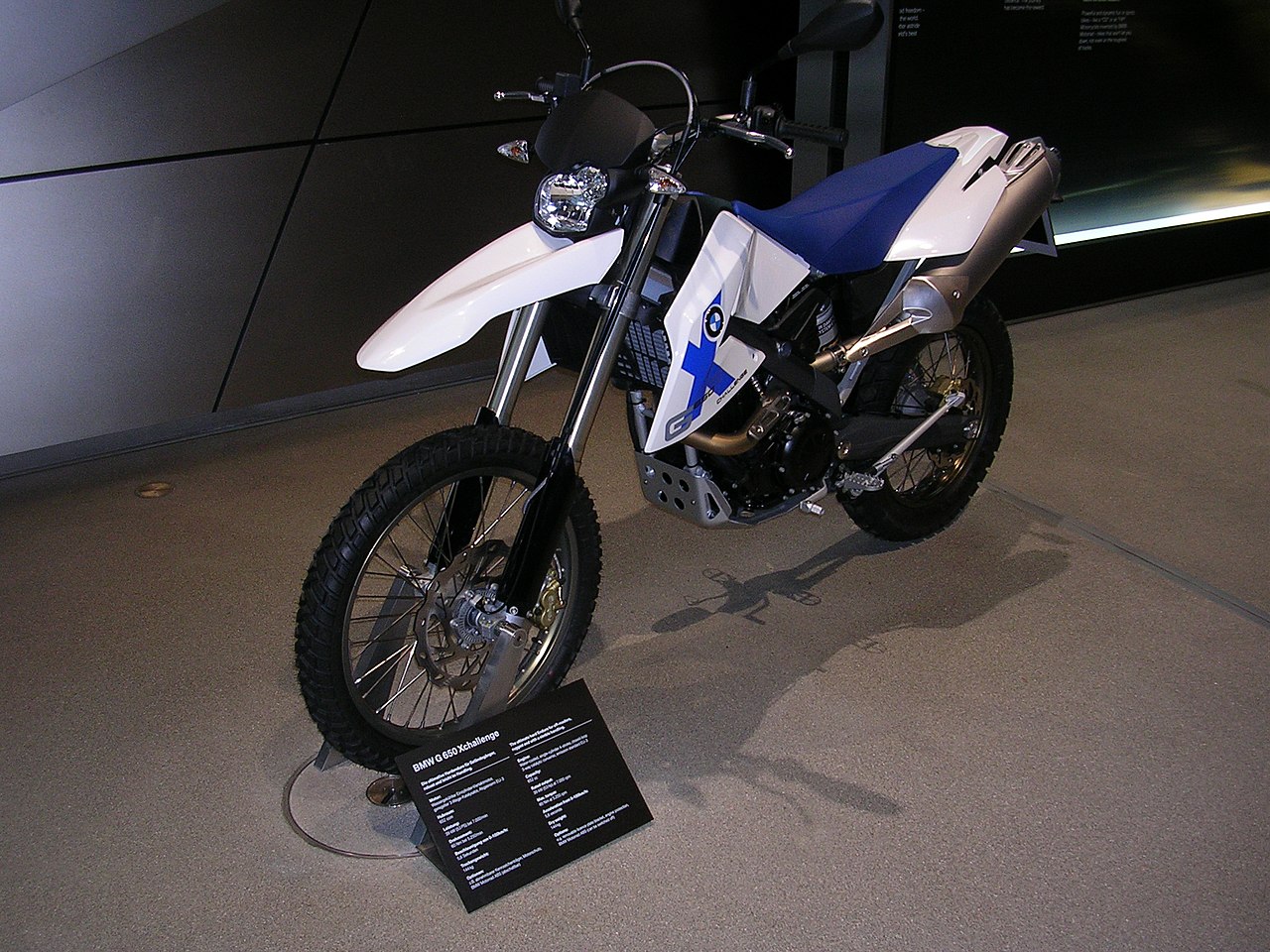
SOURCE:GOOGLE IMAGE
BMW HP2 ENDURO
The BMW HP2 Enduro dirt bike was introduced in 2005, based on the BMW R 1200 GS. In 2007, the HP2 Enduro was joined by the road-biased HP2 Megamoto fitted with smaller alloy wheels and street tyres.
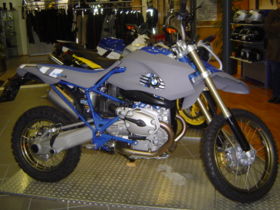
SOURCE:GOOGLE IMAGE
BMW F SERIES
The BMW F 800 S sports bike and BMW F 800 ST sport-touring models were introduced in 2006, both powered by a Rotax parallel-twin engine. The BMW F 650 GS and BMW F 800 GS dual-sport bikes were added to the range in 2008, both using the same 798 cc engine, despite the different names.[24] In 2009, the BMW F 800 R naked bike was introduced and in 2013 the BMW F 800 GT replaced the BMW F 800 ST sport-touring.

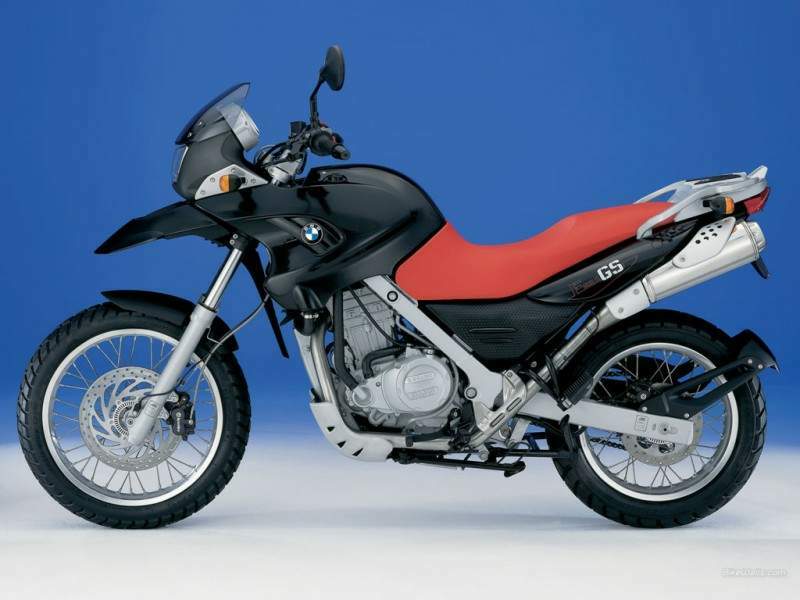
BMW F 800 ST BMW F 650 GS BMW F 800GS

BMW F 800 R BMW F 800 ST
SOURCE:GOOGLE IMAGE
BMW S 1000 RR
The BMW S 1000 RR sport bike was released in 2009, to compete in the Superbike World Championship. It is powered by a 999 cc (61 cu in) inline-four engine producing 193 bhp (144 kW).


SOURCE:GOOGLE IMAGE
No comments:
Post a Comment